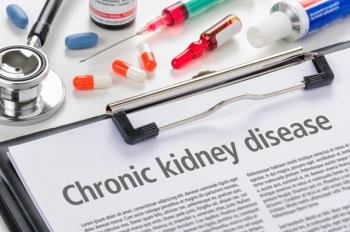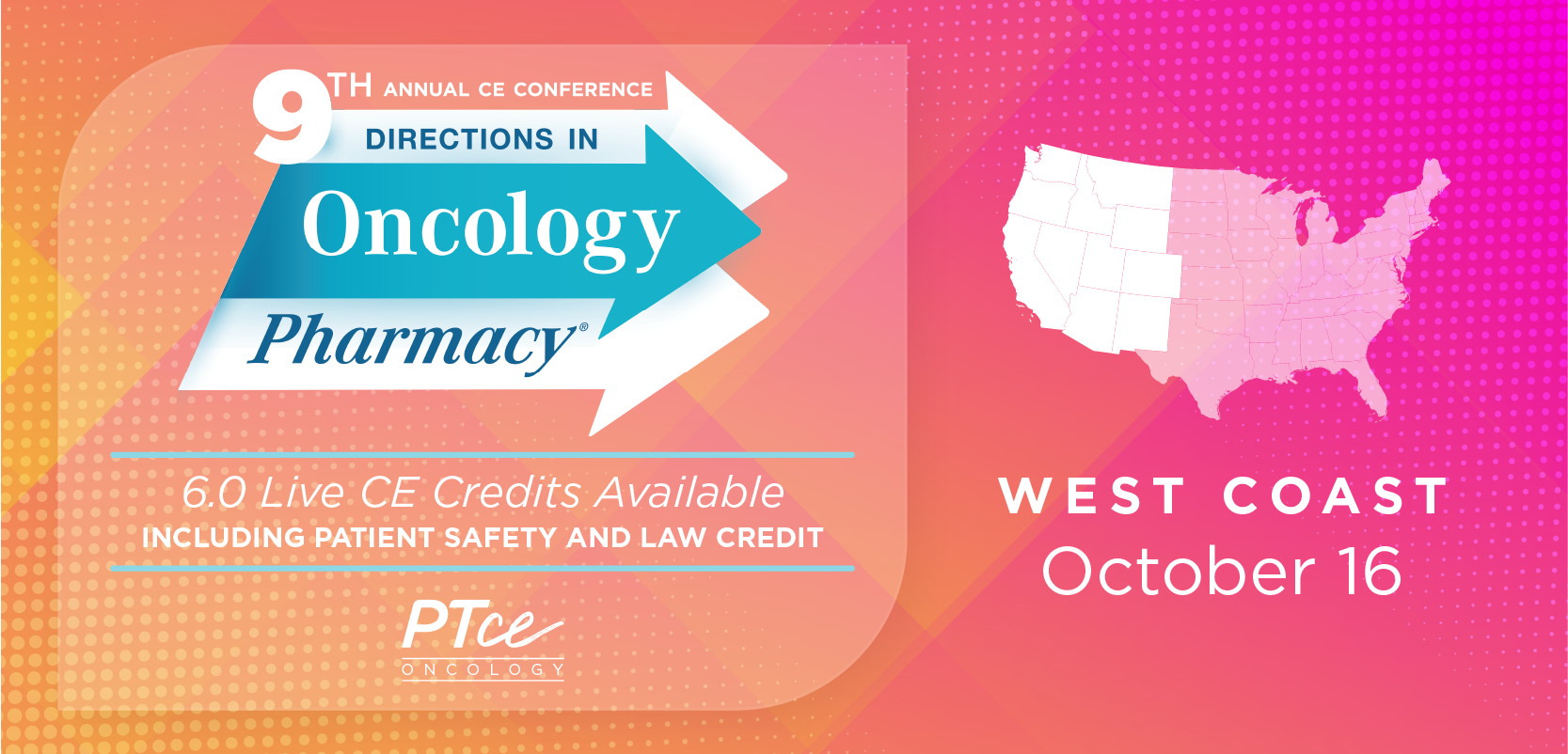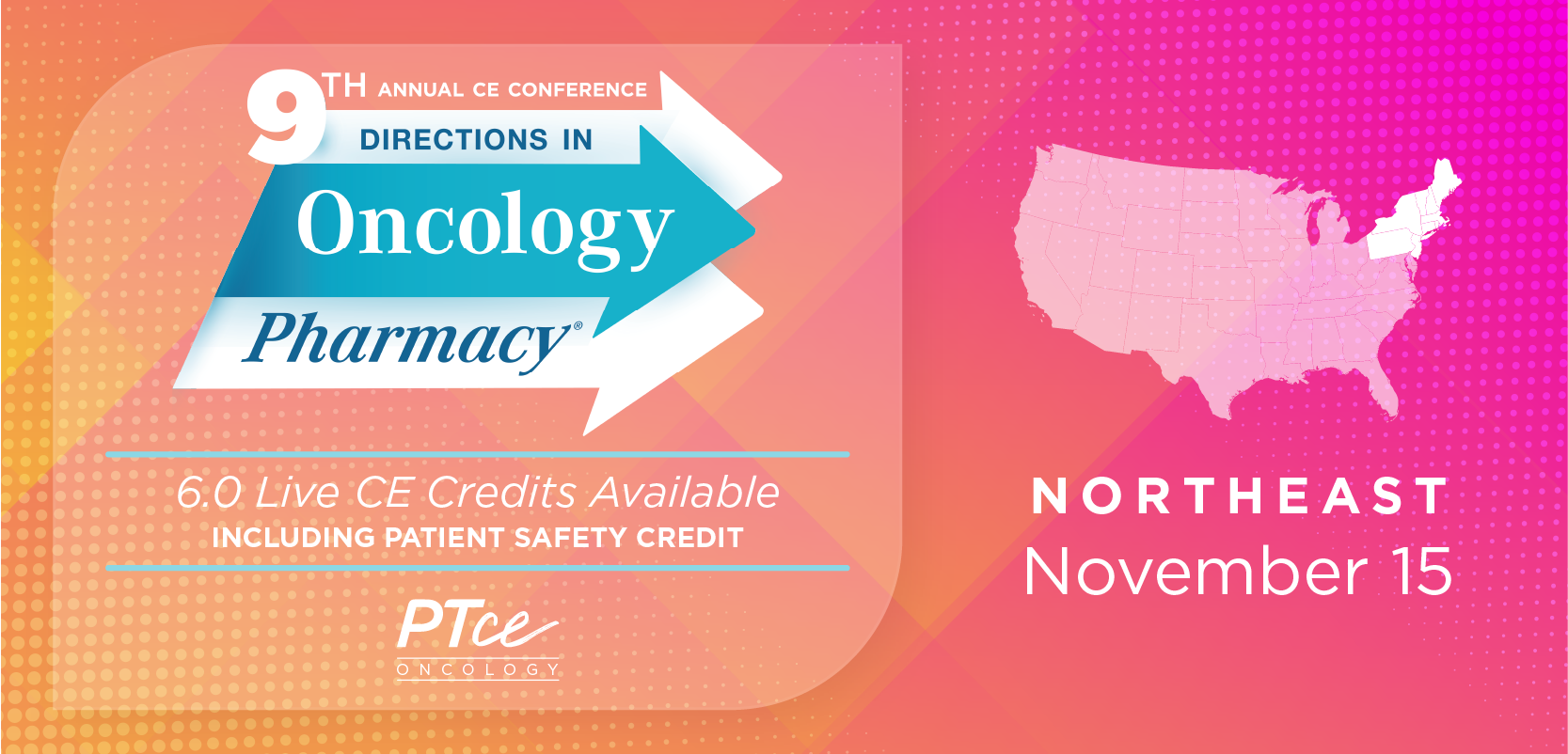
NOACs and Stroke Prevention in NVAF
Gary M. Besinque, PharmD, FCSHP; Jaime E. Murillo, MD; Juvairiya Pulicharam, MD; Ralph J. Riello III, PharmD, BCPS; and Peter Salgo, MD, discuss the role of novel oral anticoagulant therapy in preventing stroke in patients with nonvalvular atrial fibrillation.
Peter Salgo, MD: What is the role of the novel oral anticoagulants (NOACs) in preventing stroke? I want to move on from Coumadin. We’ve all sort of driven Coumadin into the ground. We give it. We check the INR [international normalized ratio]. We talk about leafy vegetables. We know to watch out for drugs. Now we’ve got these new agents. Are they effective in nonvalvular aortic atrial fibrillation (AFIB) patients? Are they as effective as Coumadin? Where do we go with all of this?
Ralph J. Riello III, PharmD, BCPS: With respect to prevention of stroke and systemic embolism, we’ve learned from clinical trials that they’re about equal. They are at least as good and are about as efficacious. Again, we really save on the bleeding component. But, in terms of lifestyle, this is where these drugs really come to the mark. Obviously, they’re oral. Some of them are [given] once a day. The rapid onset and offset is good, especially for adherent patients. It can make some primary care doctors nervous about patient adherence because you can skip a few doses and no longer be therapeutically anticoagulated. So, you’ve got to pick the right patient for these drugs. We know that the quality of life, as far as drug interactions and diet goes—there are no real concerns with the DOACs [direct-acting oral anticoagulants].
Gary M. Besinque, PharmD, FCSHP: You’re right. The big thing is that it cuts the stroke risk in half, when compared to warfarin.
Peter Salgo, MD: Why is that? Why should it cut the stroke risk in half? They’re both anticoagulants. We’re not talking aspirin. We’re talking anticoagulants.
Gary M. Besinque, PharmD, FCSHP: We’re not really sure, but the actor is the TFPI [tissue factor pathway inhibitor].
Peter Salgo, MD: So that’s a better anticoagulant, in terms of stroke prevention, than warfarin? Is that what I’m hearing? The mechanism of warfarin, as you elucidated, is through the liver-related agents VII and X. Where are we going with the NOACs? What do they block?
Ralph J. Riello III, PharmD, BCPS: There’s a cheat sheet that you can use.
Peter Salgo, MD: I like cheat sheets.
Ralph J. Riello III, PharmD, BCPS: Don’t we all. The generic name of the drug has an X and an A. It’s an Xa inhibitor. For example, rivaroxaban and apixaban. And then, for dabigatran…
Peter Salgo, MD: You’re kidding! That’s what the X is?
Ralph J. Riello III, PharmD, BCPS: Yes, that’s why they all end in -xaban.
Peter Salgo, MD: I didn’t know that.
Ralph J. Riello III, PharmD, BCPS: Yes.
Peter Salgo, MD: Keep going. This is interesting.
Ralph J. Riello III, PharmD, BCPS: There are always these secrets of drug names. Dabigatran is another one. It has a D and a T in it. The DT stands for direct thrombin inhibitor as well.
Peter Salgo, MD: Did you know this?
Jaime E. Murillo, MD: I did not.
Peter Salgo, MD: Their mechanism of action is distinctly different from Coumadin. Is this why they’re better? Is this why the stroke rate is lower? You said half?
Gary M. Besinque, PharmD, FCSHP: Yes.
Peter Salgo, MD: Wow.
Gary M. Besinque, PharmD, FCSHP: Bleeding—an intracranial bleed.
Ralph J. Riello III, PharmD, BCPS: Yes.
Peter Salgo, MD: What about embolic stroke? Are they the same?
Gary M. Besinque, PharmD, FCSHP: They’re the same. Yes.
Peter Salgo, MD: OK. Let’s be very clear about this. What we’re talking about is a 50% lower risk of hemorrhagic stroke?
Gary M. Besinque, PharmD, FCSHP: Correct.
Peter Salgo, MD: And the same decrease in risk for embolic stroke?
Gary M. Besinque, PharmD, FCSHP: Correct.
Peter Salgo, MD: The overall stroke risk is lower. Why would we not switch everybody from warfarin to one of these novel agents?
Ralph J. Riello III, PharmD, BCPS: That may be an attractive idea, right? Unfortunately, warfarin will pretty much always have a place in therapy for the mechanical valves. Dabigatran was tried in that study and it unfortunately failed on both...
Peter Salgo, MD: Why? Do we know why?
Gary M. Besinque, PharmD, FCSHP: We have no idea.
Ralph J. Riello III, PharmD, BCPS: A lot of dose ranges were studied. Some of them were very high, but with thrombin as a mechanism, you don’t gain anything from that signal amplification. So, if you stop 1 factor X from being formed, you prevent about 1000 thrombin molecules from being formed. That signal amplification pathway probably has a lot to do with the efficacy, particularly with very prothrombotic foreign mechanical valves, for instance.
Peter Salgo, MD: So the mechanism of clot with valvular-related AFIB is more about the valve than the AFIB, which makes some sense here. Warfarin may be better for valve-related issues. Now we’re talking about non-valvular AFIB. In nonvalvular AFIB, should everybody on Coumadin be transferred over to one of these novel agents?
Ralph J. Riello III, PharmD, BCPS: You’ve got to have that conversation with the patient. I’m a big proponent of shared decision making. It depends whether or not the patient can afford it. Most patients tend to be a good candidate. I must stress that it is important to prescribe it at the right dose that it was studied for. In a lot of these real-world evidence databases, patients without risk factors for apixaban, for instance, are prescribed the lower dose. Their electrophysiologist, or cardiologist, or whoever prescribed it thinks they’re doing them a favor by giving them that lower dose. But really, less bleeds means more strokes if you’re not prescribed appropriately.
Peter Salgo, MD: Again, we come back to a false sense of safety. One of my attendings once said, “All of these anticoagulants are risky. There is a risk to them, and you should only prescribe them if the consequence of not giving them is even riskier. And you better give them enough and give them in the correct dose.” I like that guy. He was smart.
Juvairiya Pulicharam, MD: Yes. It’s about benefit versus risk.
Peter Salgo, MD: It’s a risk-benefit thing, right?
Juvairiya Pulicharam, MD: Yes.
Newsletter
Stay informed on drug updates, treatment guidelines, and pharmacy practice trends—subscribe to Pharmacy Times for weekly clinical insights.






















































































































































































































